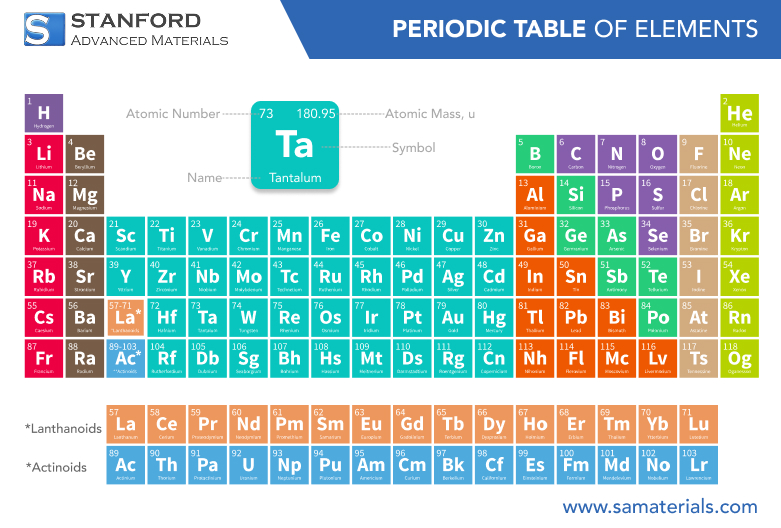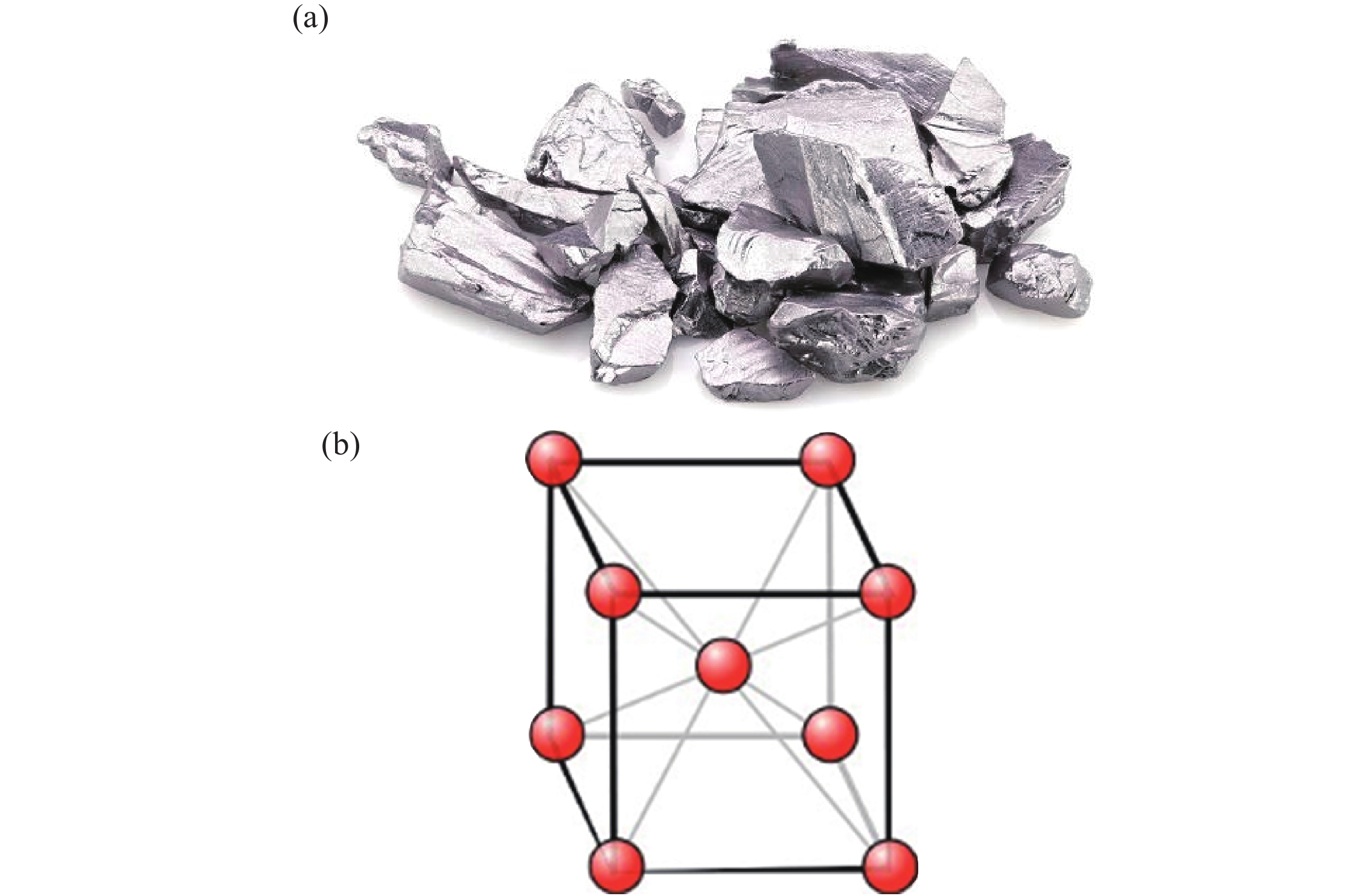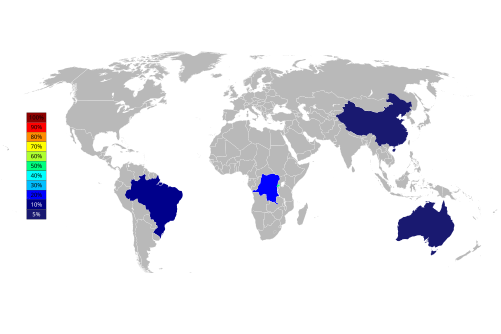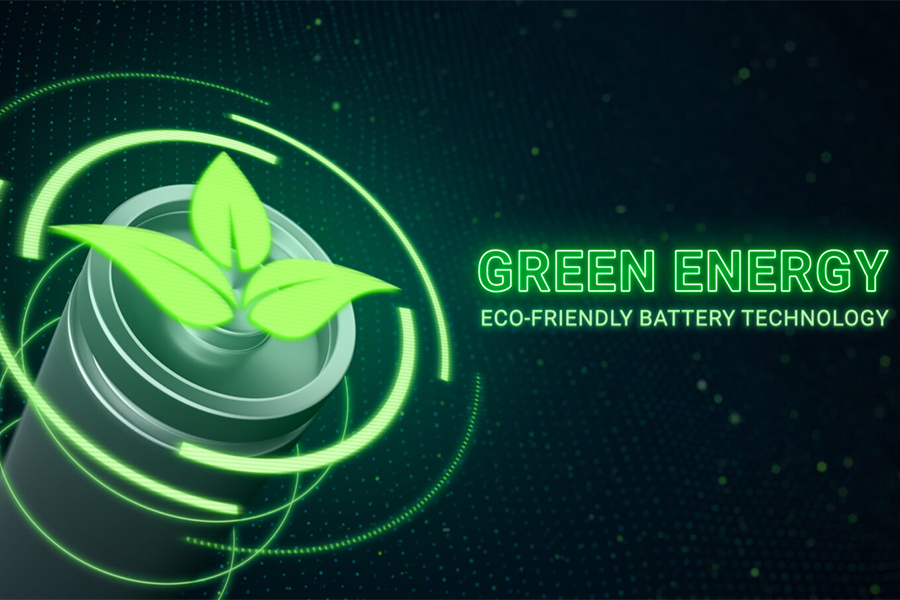Tantalum Extraction: Process Definition, Geological Localisation, and Operational Methods
Tantalum is a scarce metal with a high melting point. It resists corrosion and conducts electricity well. These properties render it essential for capacitors, semiconductors and aerospace alloys. Where does tantalum originate and how is it obtained? This article answers four questions: What is tantalum? Where is it mined? How is it extracted and processed? What are the environmental and ethical impacts of tantalum extraction?
What Is Tantalum?
Tantalum (Ta, atomic number 73) is a transition metal that shows high resistance to heat and chemical corrosion and possesses a melting point of 3,017°C. The metal is used in powder or wire form, and approximately 60–70% of global production is used in tantalum capacitors. These capacitors are essential in smartphones, laptops and automotive electronics.
Tantalum appears alongside niobium in nature. Both elements are employed in high-performance alloys and electronic devices, although tantalum is more valuable and rarer.

How Many Types of Tantalum Ores Are There?
Tantalum is not found in its pure metallic form. It is present in several minerals, including:
- Coltan – a term for columbite–tantalite, which is the most economically significant ore.
- Tantalite – the tantalum-rich member of the coltan group.
- Microlite, Wodginite and others – less common sources mined in localised regions.
 [1]
[1]
Where Is Tantalum Mined?
Global production of tantalum is concentrated in several countries. The following sections provide data from recent years.
1. Rwanda – ~950 Metric Tons
Rwanda produced approximately 950 metric tons of tantalum concentrate in 2023. The nation accounts for about 50% of global supply. Artisanal and small-scale mines supply most of the production. The government implements programmes such as the International Tin Supply Chain Initiative (ITSCI) to ensure traceability and responsible sourcing.
2. Democratic Republic of the Congo (DRC) – ~400 Metric Tons
The Democratic Republic of the Congo produced approximately 400 metric tons of tantalum in 2023. Artisanal mining in the eastern provinces supplies most of this resource. Issues concerning conflict financing, smuggling and labour conditions persist. Certified supply chains now provide tantalum from conflict-free zones.
3. Brazil – ~300 Metric Tons
Brazil produced approximately 300 metric tons of tantalum concentrate in 2023. Industrial operations in Minas Gerais and Paraíba carry out production. Tantalum is often recovered as a by-product of tin and niobium extraction, given that the country maintains established mineral processing infrastructure.
4. Nigeria – ~250 Metric Tons
Nigeria produced approximately 250 metric tons of tantalum concentrate in recent years. Extensive pegmatite belts occur in regions such as Kogi and Nasarawa. Artisanal and informal production predominates. The government is formalising and regularising the sector to increase production and transparency.
5. Australia – ~100–150 Metric Tons
Australia produced between 100 and 150 metric tons of tantalum concentrate in 2023. Industrial operations resumed following a decline in the late 2010s. The country benefits from stable governance, high-grade ore and advanced mining infrastructure.
 [2]
[2]
How Is Tantalum Mined and Refined?
--Artisanal and Small-Scale Mining (ASM)
In Central Africa, artisanal mining extracts a significant quantity of tantalum. Miners use physical labour and basic equipment to extract coltan ore from riverbeds or the land surface. This method sustains the livelihoods of many individuals; however, safety measures and environmental controls are limited.
--Industrial Mining
In Australia and Brazil, industrial mining extracts tantalum using large-scale underground or open-pit methods. Mines employ machinery, drilling and controlled blasting to remove ore efficiently. This method yields consistent product quality. Companies regulate working conditions and environmental measures accordingly.
After extraction, tantalum ores are processed through several steps:
- Crushing and grinding to reduce the ore size.
- Gravity separation to concentrate tantalum-bearing minerals.
- Flotation or magnetic methods to remove impurities.
- Chemical processing (e.g., HF leaching) to separate tantalum from niobium.
- Refining to produce tantalum powder, oxide or ingots used in electronics, superalloys and medical implants.
What Are the Impacts of Tantalum Mining?
--Conflict Minerals
Most coltan is mined in regions affected by armed conflict, particularly in the DRC. Tantalum mining revenue has funded violence in the past. Consequently, the Dodd-Frank Act (Section 1502) mandates that U.S. companies report the sourcing of tantalum and other conflict minerals.
--Human Rights and Labour
Artisanal miners work in unsafe conditions. Reports indicate child labour, exploitation and inadequate equipment.
--Environmental Concerns
Mining and processing can cause deforestation, water pollution and improper tailings disposal if not managed correctly.
--Ethical Sourcing Programmes
The OECD, International Tin Supply Chain Initiative (ITSCI) and Responsible Minerals Initiative (RMI) promote responsible sourcing. They use traceability audits and certification schemes to verify supply chains.
Conclusion
Tantalum is essential for modern electronics and high-technology manufacturing. However, tantalum extraction involves ethical, environmental and geopolitical challenges. As demand increases, companies must obtain tantalum through industrial operations, certified artisanal mines and recycling. For further tantalum products and technical support, please visit Stanford Advanced Materials (SAM).
Reference:
[1] Zhenyu YANG, Jiangqi ZHU, Xingchen YAN. 3D Printing of Tantalum Medical Metal Materials. Metal World, 2023(6): 16–23. DOI: 10.3969/j.issn.1000-6826.2023.10.0885
[2] Tantalum. (2025, 15/06/2025). In Wikipedia. https://en.wikipedia.org/wiki/Tantalum

 Bars
Bars
 Beads & Spheres
Beads & Spheres
 Bolts & Nuts
Bolts & Nuts
 Crucibles
Crucibles
 Discs
Discs
 Fibers & Fabrics
Fibers & Fabrics
 Films
Films
 Flake
Flake
 Foams
Foams
 Foil
Foil
 Granules
Granules
 Honeycombs
Honeycombs
 Ink
Ink
 Laminate
Laminate
 Lumps
Lumps
 Meshes
Meshes
 Metallised Film
Metallised Film
 Plate
Plate
 Powders
Powders
 Rod
Rod
 Sheets
Sheets
 Single Crystals
Single Crystals
 Sputtering Target
Sputtering Target
 Tubes
Tubes
 Washer
Washer
 Wires
Wires
 Converters & Calculators
Converters & Calculators
 Write for Us
Write for Us


 Chin Trento
Chin Trento



